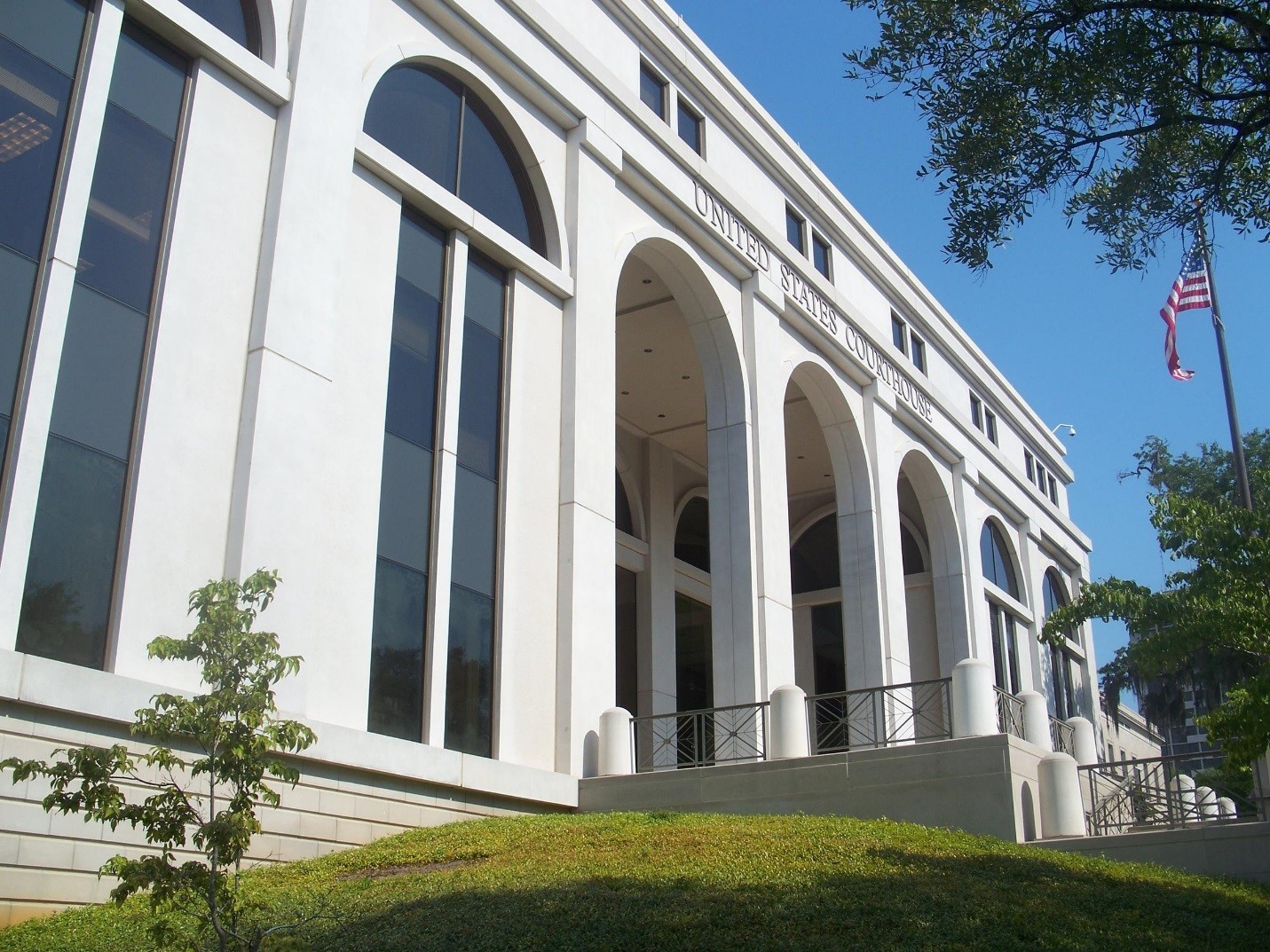Commercial Roofing Systems
Built-UP Roofing
A built-up roof is composed of three elements: felt, bitumen, and surfacing. The felts, which are made of glass, organic or polyester fibers, serve much the same purpose as reinforcing steel in concrete. The felts are necessary as tensile reinforcement to resist the extreme pulling forces in the roofing material. Felts installed in layer fashion also allow more bitumen to be applied to the whole system. Bitumen, either coal-tar of asphalt is the “glue” that holds the felts together. It is also the waterproofing material in the system. The surfacings normally are applied to built-up roofs are smooth, gravel, slag, or a mineral-coated cap sheet. Gravel, slag, may be embedded into the still-fluid flood coat. Gravel and slag serve as an excellent wearing surface to protect the membrane from mechanical damage. On some systems, a mineral coated cap sheet is applied on top of the plies of felt.
Modified Bitumen
This system was developed in Europe during the sixties and introduced in the U.S.in the early seventies. The term modified refers to the addition of plastic or rubber-based polymeric binders to asphalt to improve its performance and weatherability. Modified bitumen is used in multiple layers in what is essentially a “factory assembled” built-up roof. Several coats or laminations of modified bitumen are reinforced with a woven glass or polyester fabric reinforcing mat, which is often covering with a granule-surface cap sheet, or left smooth for aluminum or white coating to be applied. Modified bitumen roofing exhibits many characteristics of a built-up roof (BUR), yet affords the ease of application of a single-ply system. These membranes are resistant to heavy traffic, punctures and tears.
EPDM Single-Ply EPDM
This thermoset membrane is compounded from rubber-polymer and is often referred to as rubber roofing. Some of the features that contribute to the popularity of EPDM single ply roofing include long-term weatherability, including excellent resistance to temperature extremes, sunlight, ozone, and moisture, ease, speed, and cleanliness of installation. This lightweight synthetic elastomer material has been used since the early 1970’s. Another feature is adaptability. Varied application techniques such as ballasted, fully adhered, and mechanically fastened, allow EPDM roofing systems to be applied to virtually any roof surface: flat, spherical, curved, or slanted.
Thermoplastics PVC/TPO Single Ply
Thermoplastic single ply membranes are revolutionizing the commercial and industrial roofing industry. They represent the fastest growing segment of the U.S.roofing market over the past five years. The PVC (polyvinyl chloride) product is a reinforced membrane with tough solvent-or hot-air welded seams. This material has excellent durability and dimensional stability. The TPO (thermoplastic polyolefin) product advances the category yet another step by combing the hot-air welding benefit of PVC with the greater flexibility and weatherability benefits of EPDM, the more traditional single ply material. Both PVC and TPO are aesthetically pleasing, lightweight, highly reflective, and are tear resistant. They also offer excellent fire resistance.
Roofing Terminology
Ballast
A material installed over the top of a roof membrane to help hold it in place. Ballasts are loose laid and can consist of aggregate, or concrete pavers.
Base Flashing (membrane base flashing)
Plies of roof membrane material used to seal a roof at the vertical plane intersections, such as at a roof-wall and roof-curb junctures.
Curb
(1) A raised member used to support skylights, HVAC units, exhaust fans, hatches or other pieces of mechanical equipment above the level of the roof surface, should be a minimum of eight inches (8″) in height; (2) A raised roof perimeter that is relatively low in height.
Deck
The structural component of the roof of a building which provides the substrate to which the roofing system is applied.
Drip Edge
A steel flashing bent at a 90º angle that is placed along the outer perimeter of steep sloped buildings; used to help direct runoff water away from the building. Drip Edge resembles nosing except that it has an outwardly-angled bottom edge (preferably hemmed).
Elastomeric Coating
A coating that can be stretched to twice its dimensions and that will return to original when tension is released.
Gravel Stop
A flanged, sheet metal edge flashing with an upward projection installed along the perimeter of a roof to stop the flow of bitumen over the edge.
Lap
The part of the roofing material that overlaps a section of adjacent material.
Lap Cement
Asphalt-based roof cement used to adhere overlapping plies of asphalt roll roofing.
Parapet Wall
That part of a perimeter wall that extends above the surface of the roof.
Penetration
Any object that pierces the surface of the roof.
Pipe Boot
A prefabricated flashing piece used to flash around circular pipe penetrations
Pitch Pocket (A.K.A. Pitch Pan)
A flanged piece of flashing material placed around irregularly shaped roof penetrations and filled with grout and a pourable sealer to seal around the penetration in order to seal it from against moisture entry. Pitch pockets are a good source of leaks and should be avoided if possible.
Pourable Sealer
A type of sealant that is initially in liquid form commonly used in conjunction with pitch pans to form a water-tight barrier around penetrations that are difficult to flash.
Substrate
The surface that the roof is installed upon.
Tear-Off
To remove a roof system down to the structural substrate.
Tie-In
The joining of two different roof systems.
Vent
An opening or device used to permit air or vapors to exit an enclosed structure.
Waterproofing
The treatment of a surface or structure in order to prevent the passage of water under hydrostatic pressure.



